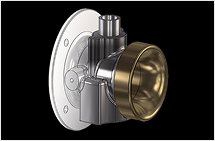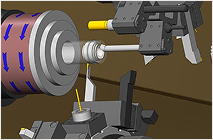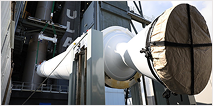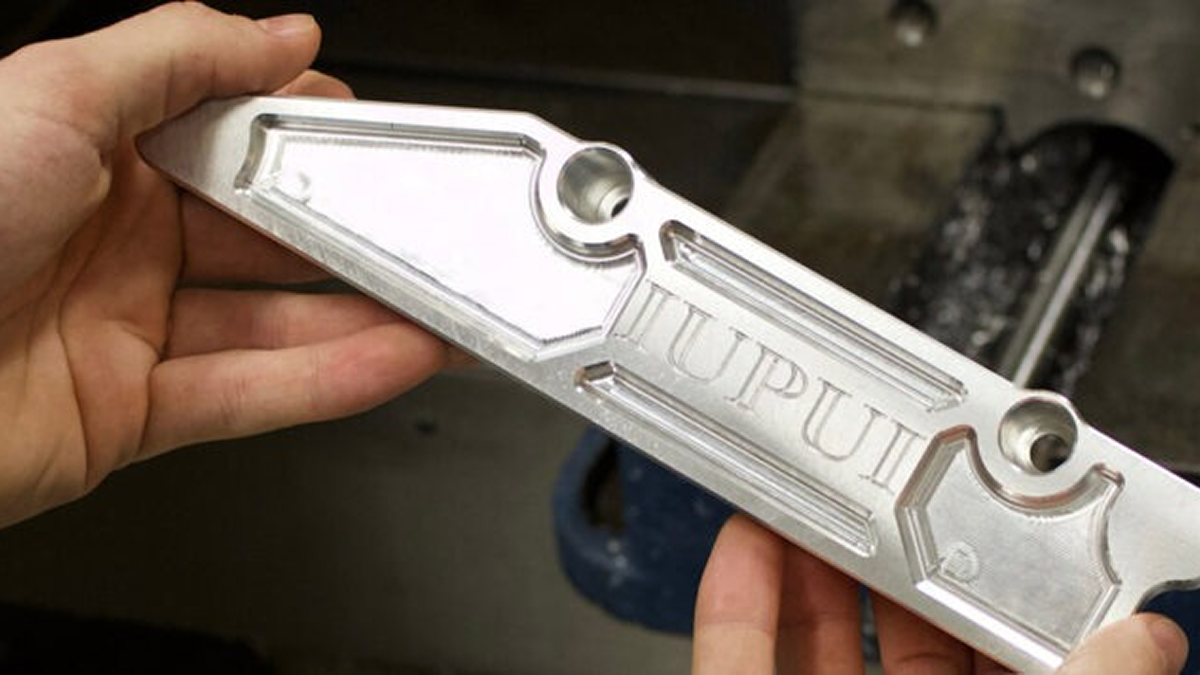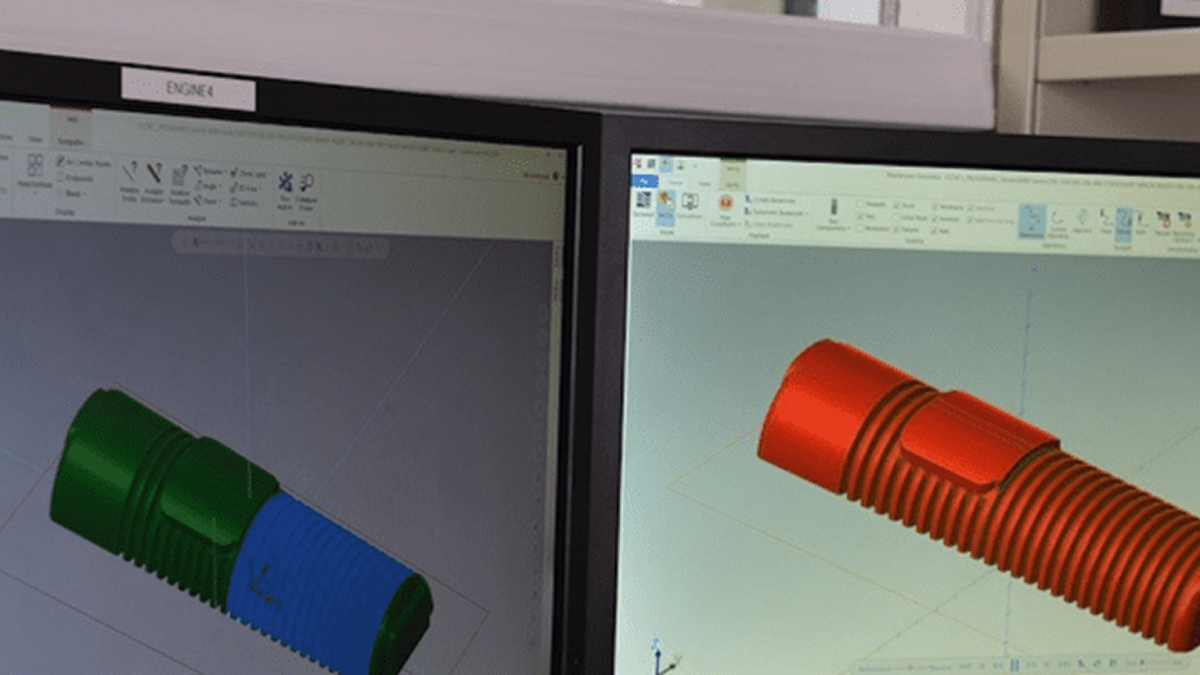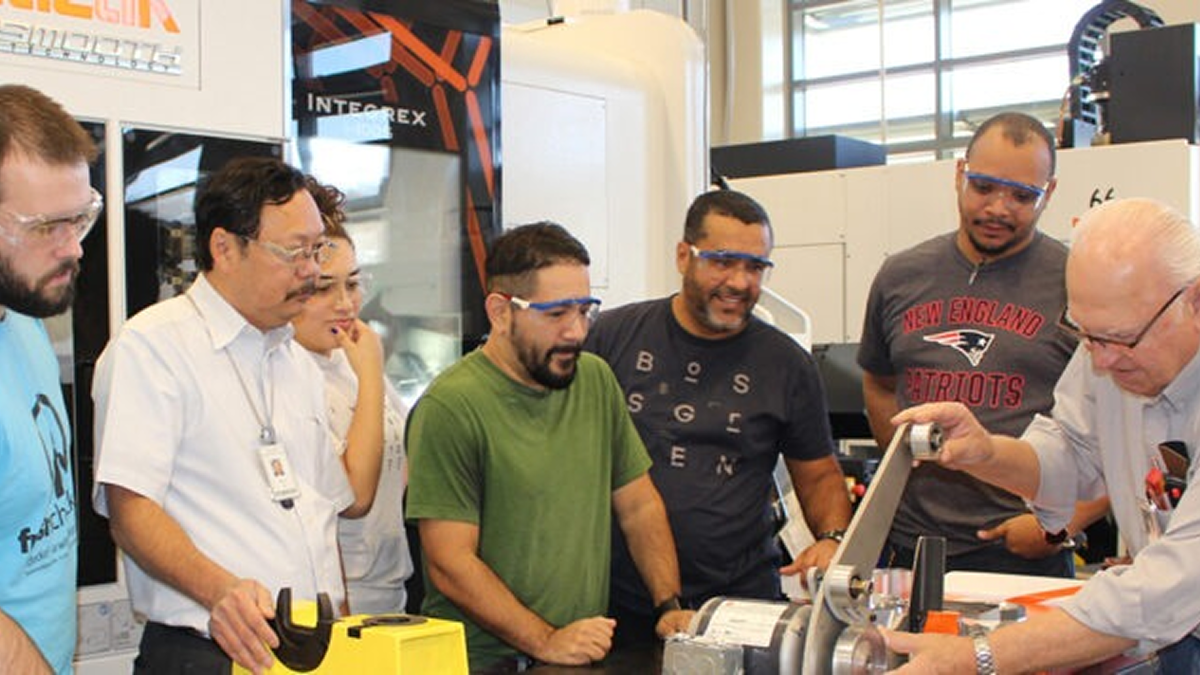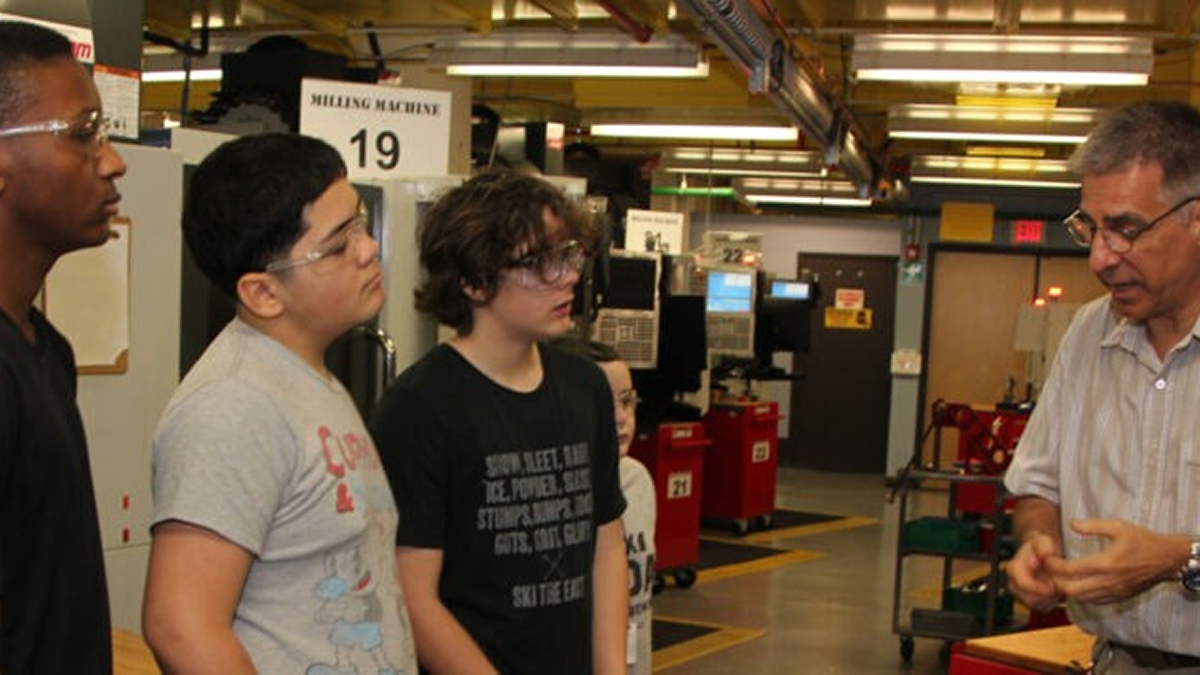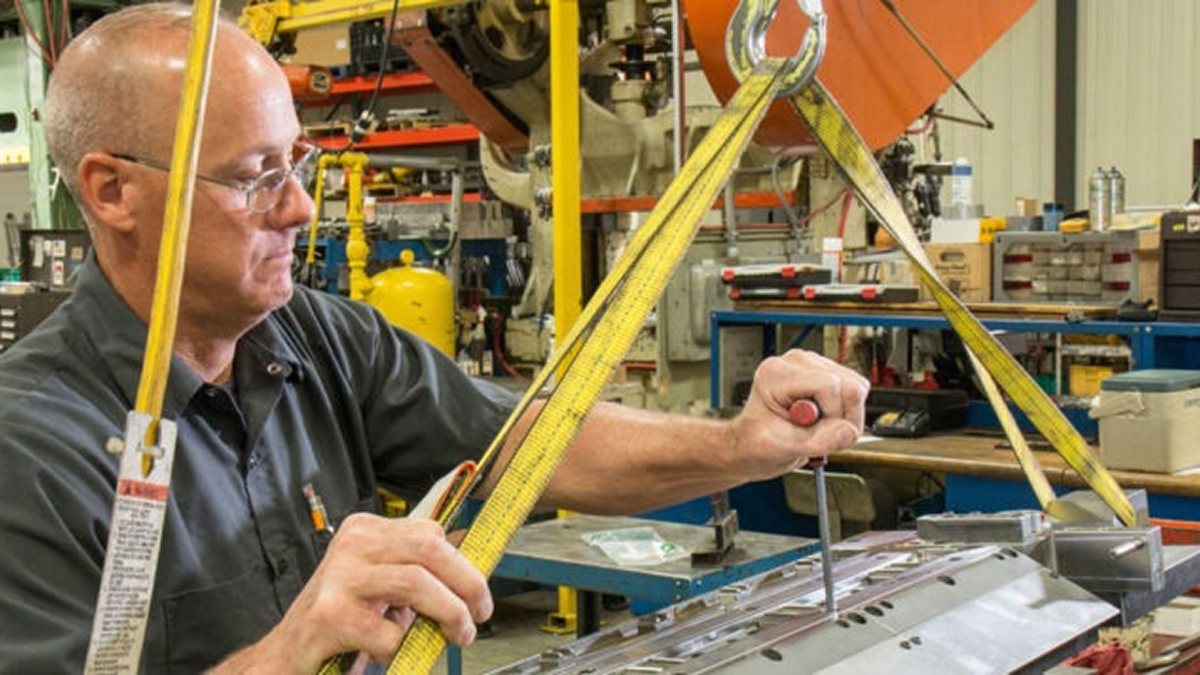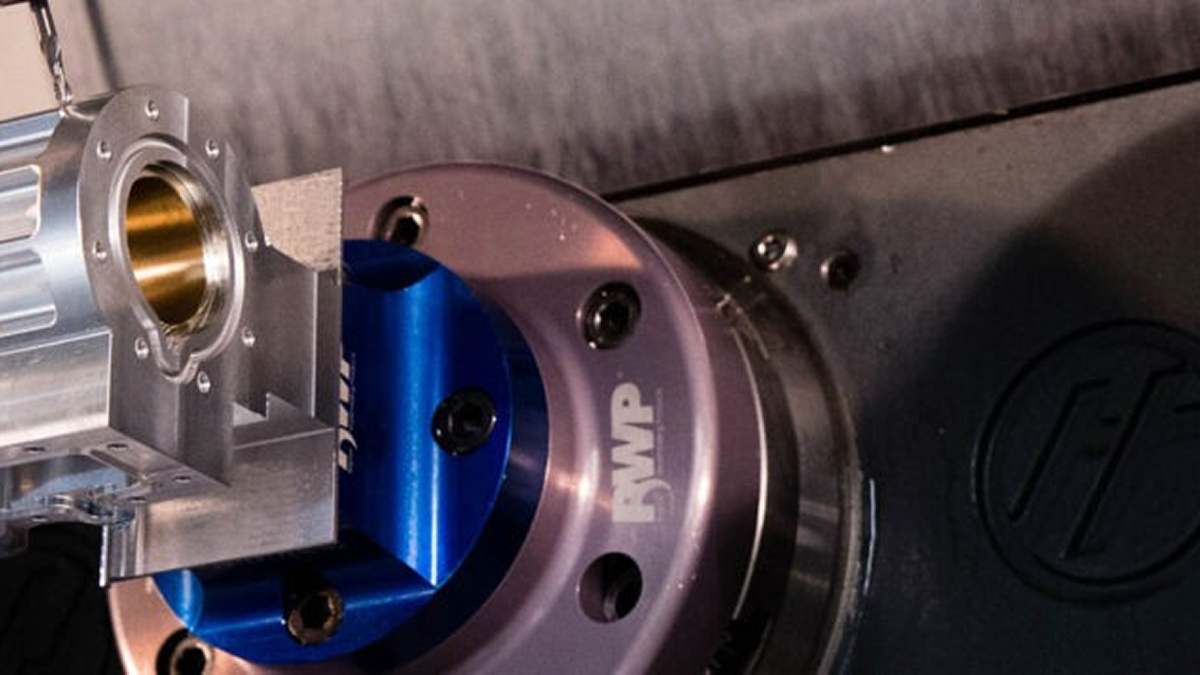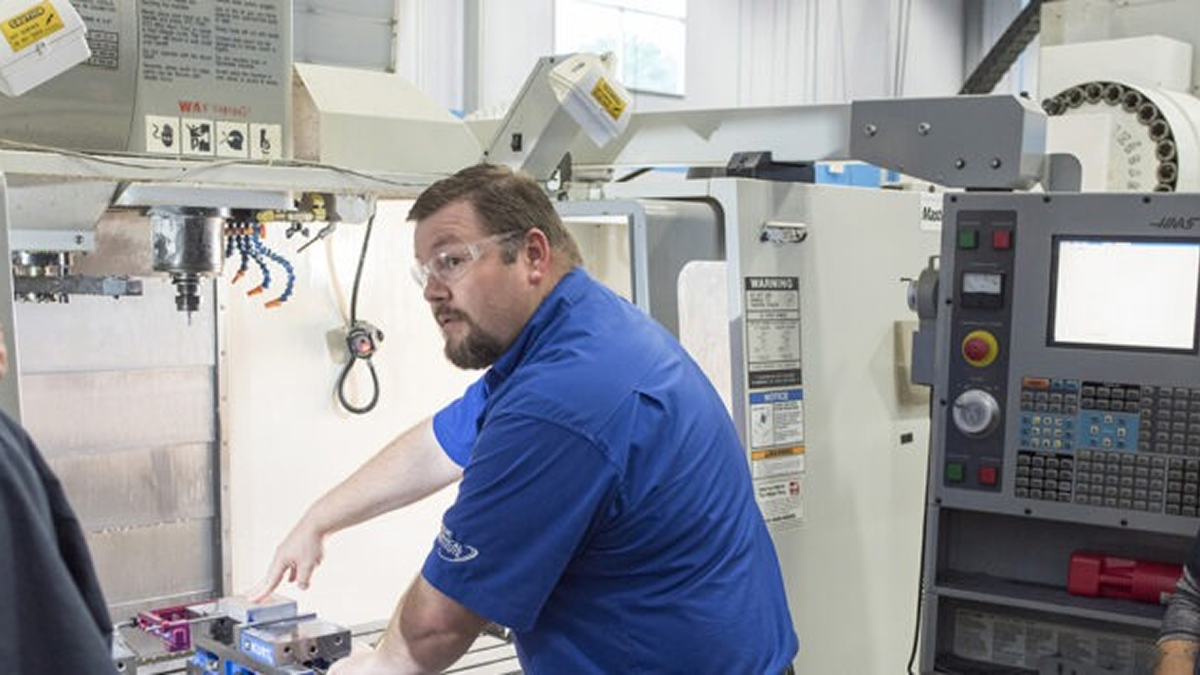Mastercam in Education: Transforming Future Careers
Mastercam is revolutionizing the way educational institutions prepare students for careers in manufacturing. By integrating advanced CAD/CAM software into their curricula, schools are equipping students with the necessary skills to thrive in a competitive job market.
For instance, many technical colleges are incorporating Mastercam into their engineering programs, allowing students to gain hands-on experience with industry-standard tools. This practical approach not only enhances learning but also improves job placement rates for graduates, making them more attractive to potential employers.
Benefits of Implementing CAD/CAM in Educational Institutions
The implementation of CAD/CAM technologies like Mastercam in educational settings offers numerous benefits that extend beyond traditional teaching methods. It provides students with exposure to real-world applications, fostering a deeper understanding of manufacturing processes.
Moreover, educational institutions that adopt these technologies often see increased student engagement and motivation. By working on projects that mirror industry practices, students develop critical thinking and problem-solving skills essential for their future careers in manufacturing.
Success Stories: Real-World Applications of Mastercam
Across the nation, various educational institutions have successfully integrated Mastercam into their programs, leading to remarkable outcomes. These success stories illustrate the effectiveness of using advanced manufacturing technologies in training the next generation of engineers and technicians.
For example, schools like IUPUI and Bridgerland Technical College have reported significant improvements in student performance and interest in manufacturing careers after implementing Mastercam in their curricula. These case studies serve as a testament to the transformative power of technology in education.
Future Trends in CAD/CAM Education
As technology continues to evolve, the future of CAD/CAM education looks promising. Institutions are increasingly adopting innovative teaching methods that incorporate virtual and augmented reality, alongside traditional software training.
This trend not only enhances the learning experience but also prepares students for the future workforce, where digital skills are paramount. By staying ahead of technological advancements, educational programs can ensure that their graduates are well-equipped to meet the demands of modern manufacturing.

